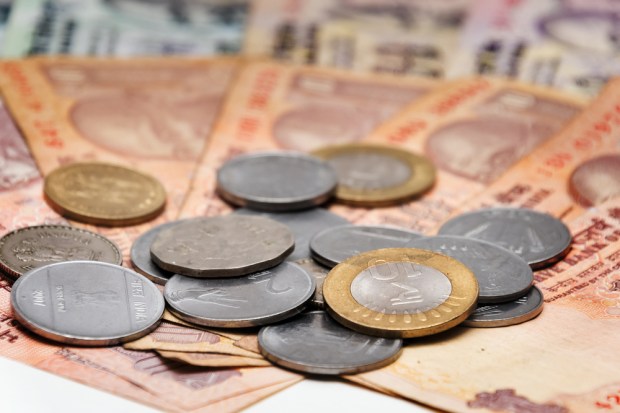India’s Banks React To Run On ATMs

On Tuesday (Nov. 8) India’s government issued a ban on high-denomination banknotes, which has resulted in lenders bringing in 2 trillion rupees ($29.8 billion) as customers across the country try to deposit the old bills, Bloomberg reported.
Not only has the decision left people waiting in line for hours at ATMs to make their deposits, but there’s also been significant impacts to the country’s banking system as well.
In place of the 500- and 1,000-rupee notes, a new set of 500-rupee and 2,000-rupee notes are being issued as replacements. Banks have 50 days to comply with the new directive, with individuals able to exchange those notes beginning through Dec. 30.
According to Bloomberg, the now-banned bills accounted for 86 percent of the money in circulation in India. The pressure is now on for banks to replenish those funds, and fast. In a statement over the weekend, the Ministry of Finance reported that more than 70 million transactions had taken place as of Nov. 12.
Finance Minister Arun Jaitley confirmed that there’s an adequate amount of currency available at more than 4,000 bank locations and that all ATMs should be reconfigured to dispense the new notes within the next two weeks.
“A big regret is that people are getting inconvenienced, but currency replacement of this magnitude will cause some problems,” Jaitley said at a recent press conference. “There are long, but orderly queues. Such a big currency replacement can’t be done overnight.”
While the withdrawal of the 500-rupee and 1,000-rupee notes has caused some frustration on the part of both banks and customers, the move is expected to help crackdown on tax evasion and a growing underground economy.
As the BBC noted last week, the Indian government garnered roughly $10 billion U.S. dollars earlier this year through a tax amnesty program, by which Indian citizens were able to declare assets and income that had been previously hidden.
